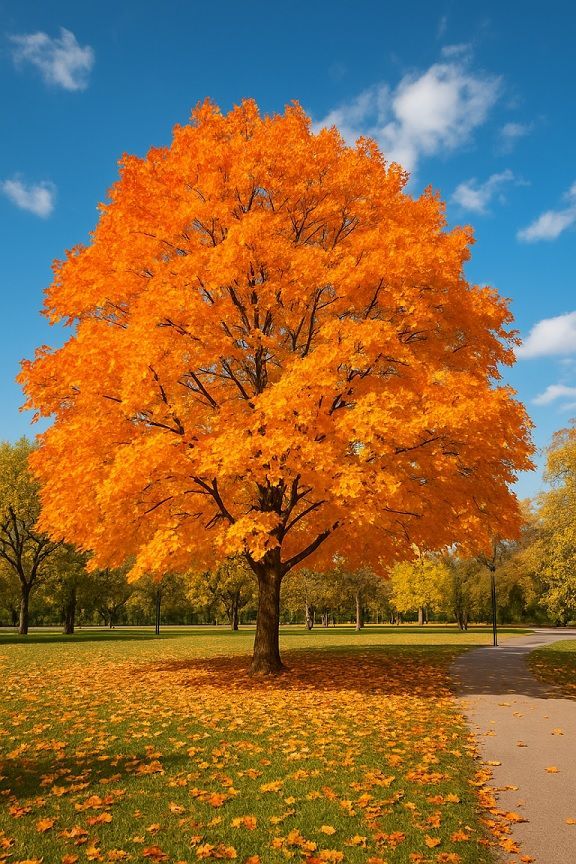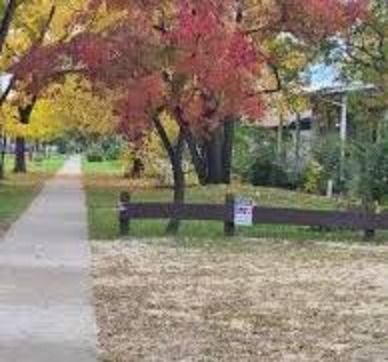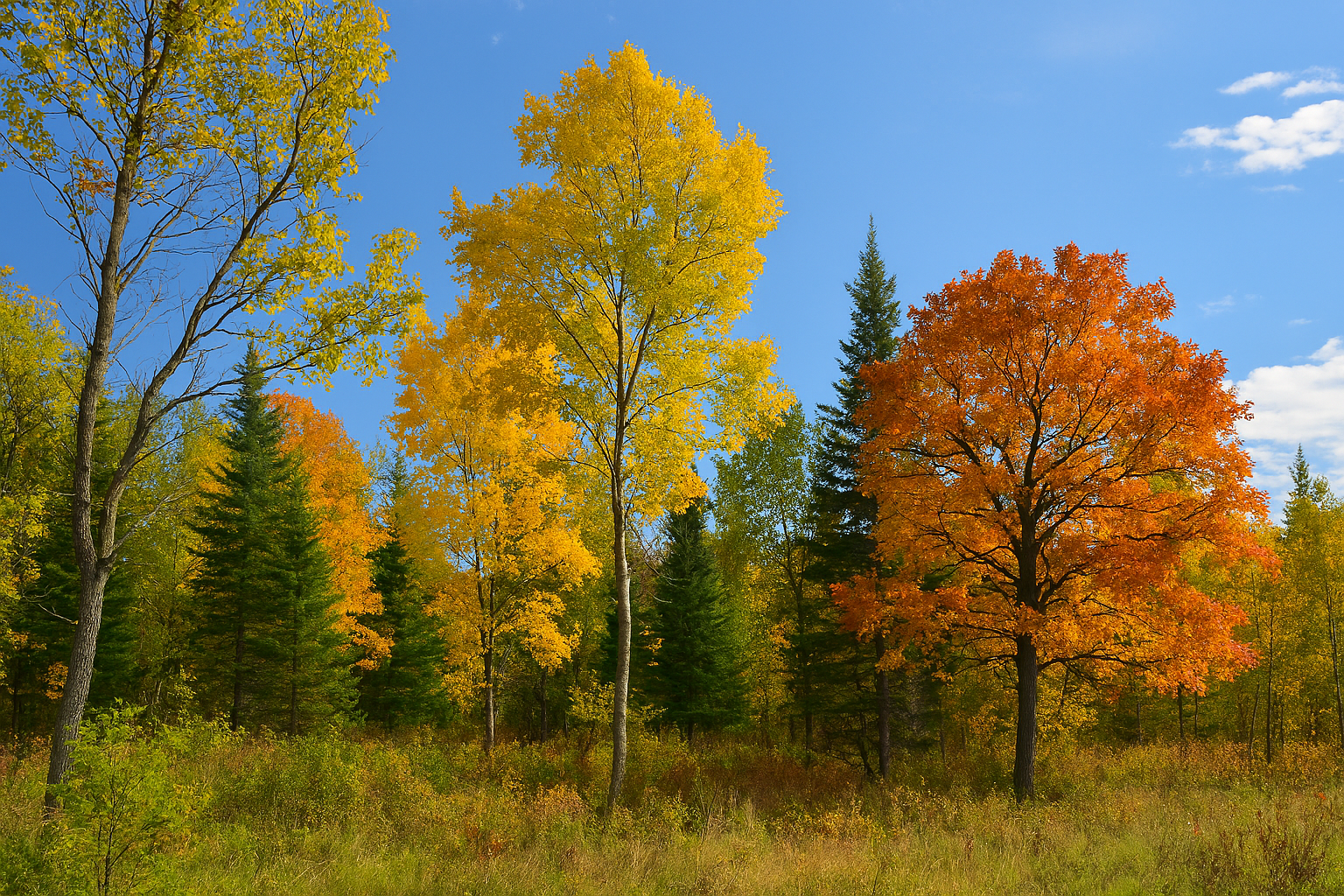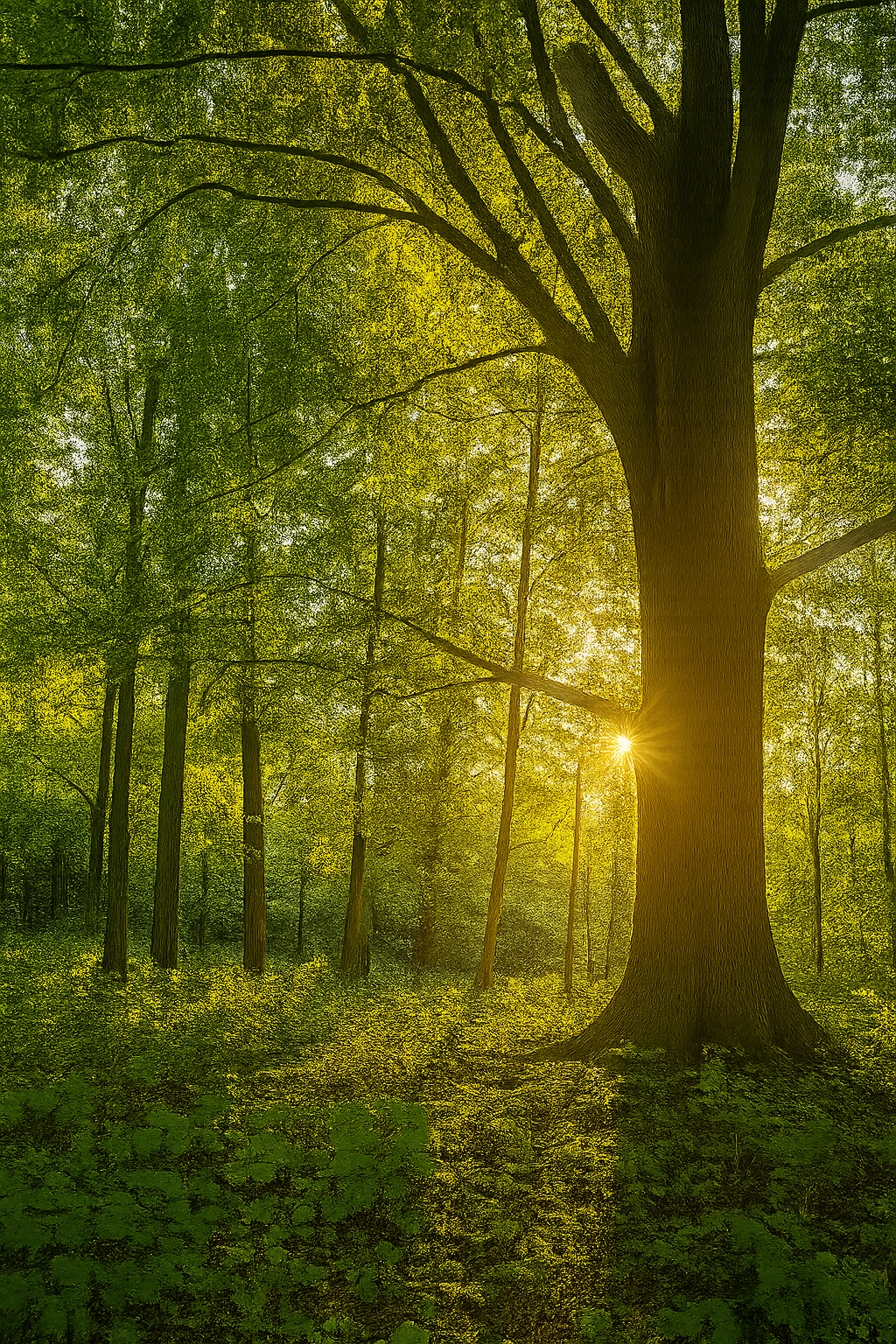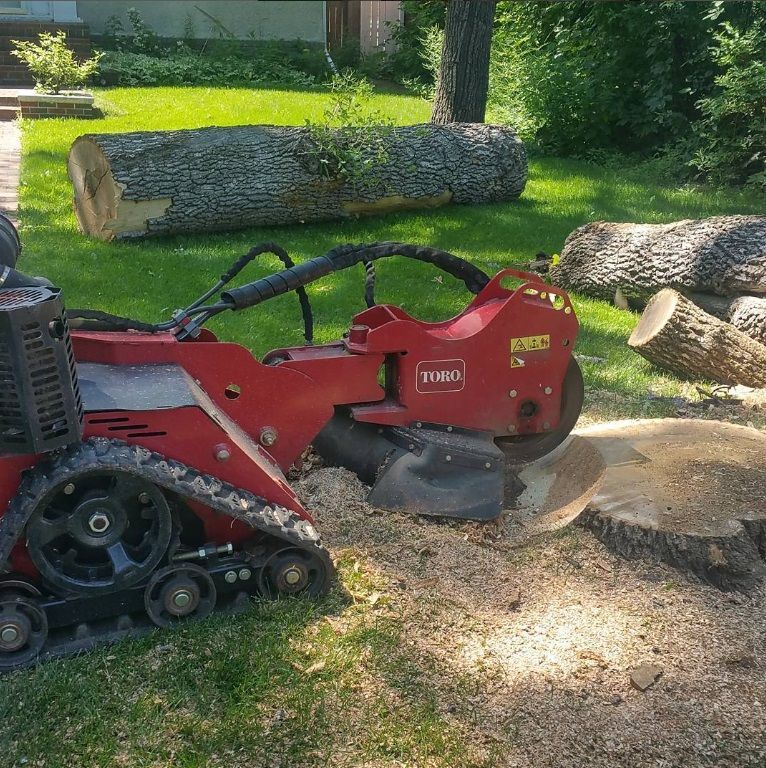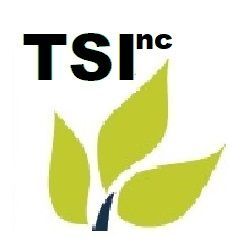How Seasonal Changes Affect Tree Care in Winnipeg:
Trevor Soltys & Paul Kasper
🌳 Adapting With Good Tree Care Practices
~ Winnipeg’s unique climate makes caring for trees both rewarding and challenging. Our city experiences some of the most dramatic seasonal swings in Canada, from frigid winters with heavy snow loads to hot, humid summers and windy storms. Each season presents its own set of conditions that affect tree health, growth, and safety. For property owners, adapting tree care practices throughout the year is essential to protect your investment and ensure the long-term vitality of your trees.
❄️ Winter: Protection and Prevention
Winnipeg winters can be harsh on trees. Freezing temperatures, ice buildup, and heavy snow can cause stress and even breakage. While trees are dormant during this period, they are not immune to damage.
- Pruning for Safety: Winter is one of the best times to prune most tree species. With leaves off, arborists can see branch structure clearly and remove weak or hazardous limbs before snow and ice weigh them down.
- Protecting Young Trees: Burlap wraps or tree guards protect young trees from frost cracks, sunscald, and wildlife.
- Snow Management: Be mindful when using salt, which can harm tree roots.
🌱 Spring: Renewal and Recovery
After a long winter, trees in Winnipeg come alive in spring. This is the time for renewal, but also when stress from the previous season becomes evident.
- Inspection: Check for broken branches, frost cracks, or disease.
- Pruning and Cleanup: Remove storm-damaged limbs to encourage healthy growth.
- Soil and Mulching: Aerate compacted soil and apply mulch to retain moisture.
- Fertilization: Spring feeding replenishes nutrients and supports new growth.
☀️ Summer: Growth, Health, and Protection
Summer is when trees grow most actively in Winnipeg—but also when pests, drought, and storms can create problems.
- Watering: Deep, infrequent watering strengthens roots.
- Pest Monitoring: Watch for cankerworms, aphids, and borers.
- Storm Preparedness: Proper pruning helps prevent breakage in high winds.
- Mulch Maintenance: Refresh mulch as needed, but avoid piling it against the trunk.
🍂 Fall: Preparing for Dormancy
Fall is about building resilience before the long winter.
- Final Pruning: Remove deadwood and weak limbs.
- Leaf Management: Mulch or compost fallen leaves.
- Hydration Before Freeze: Deep watering helps trees store moisture.
- Fertilization: Late-fall fertilization supports strong root growth.
🌎 Adapting With Good Tree Care Practices
Year-round tree care ensures:
- Longer tree life
- Reduced hazards
- Enhanced property value
- A healthier urban environment
The key is proactive, seasonal care.
👷 Partnering With Professionals
Some tasks—like structural pruning, pest management, and storm cleanup—are best left to arborists. Professionals have the skills, tools, and safety training to protect both trees and property.
With the right practices, Winnipeg’s extreme seasons don’t have to shorten your trees’ lifespans. Instead, they can thrive year after year.
